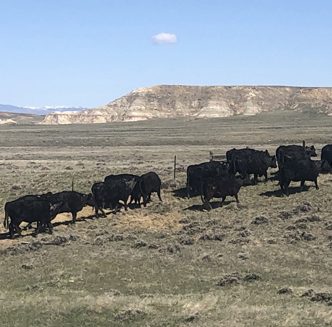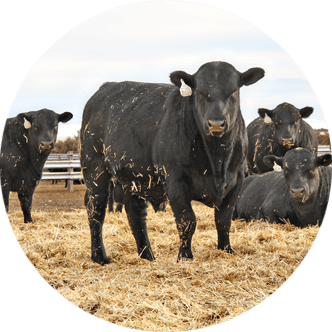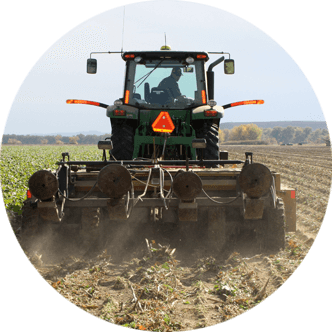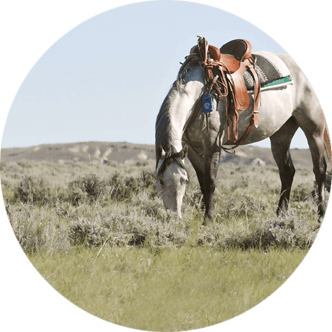ASGA’s annual meeting focused on politics, policies and economics
The 2025 American Sugar Growers Association (ASGA) Annual Meeting took place at the Manchester Grand Hyatt in San Diego on Feb. 2-4, as key sugarbeet growers from across the U.S. gathered to unite, share knowledge and discuss the future of the industry.
The annual meeting featured a variety of sessions designed to address common interests among members, including legislative updates, international trade discussions, scientific advancements and innovative strategies.
In addition to these sessions, there were ample opportunities for networking and camaraderie, starting with a golf tournament on the first day and culminating in the President’s Luncheon on the final day.
Tariffs and trade
American Sugar Alliance (ASA) Director of Policy and Economic Analysis Dr. Rob Johansson began the annual meeting with a prepared update on market expectations, economic trends and evolving policies.
However, he had to pivot from his original slides because news regarding President Donald J. Trump’s tariffs on Canada and Mexico had been circulating around the conference.
Originally, the Trump administration planned to impose 25 percent tariffs on goods coming from Canada and Mexico, with an additional 10 percent tariff on goods coming from China, which were set to go into effect on Feb. 4.
However, Mexico’s President Claudia Sheinbaum and Trump announced on Feb. 3 they would delay tariffs on goods coming from Mexico for 30 days, allowing additional time for negotiations.
Hours after the two presidents agreed to pause tariffs, Canadian Prime Minister Justin Trudeau made a similar announcement.
During Johansson’s presentation, he examined the economics of sugar as well as general farm economics.
According to a Feb. 3 Ag Week article by Jenny Schlecht, Johansson notes increased sugar production has resulted in an accumulation of stocks, which is one of several factors contributing to a potential decline in global sugar prices by 2025 and there may be a surplus in the global sugar market.
Johansson states, “Mexico’s raw and refined sugar coming into the U.S. likely would be the most affected if a 25 percent tariff goes into effect, as Mexico will still want to sell into the U.S., but it’s a matter of how low their price can go to remain competitive in the U.S. with the 25 percent tariff.”
He also mentions there could be an impact on products containing sugar from Mexico and China, which would depress demand in the U.S. for those products, leading to a potential increase in sales for U.S.-produced products.
During the annual meeting, Robert Cassidy, a partner at the law firm Cassidy Levy Kent, which specializes in international trade and represents the sugar industry, discussed matters related to international trade.
Cassidy explains how the tariff rate quota system for sugar operates and how the U.S. has prevented Mexico from dumping excessively subsidized sugar into the domestic market.
He further notes the International Trade Commission is currently reviewing the anti-dumping program with Mexico, which may involve comprehensive surveys of growers.
“We will be talking to the commission to keep you all from suffering this kind of pain,” Cassidy states.
Cassidy brought up the important topic of molasses imported from Canada, as there are differing opinions regarding the potential presence of sugar in this molasses, and some stakeholders believe it warrants consideration within the framework of the sugar program.
“Currently, a petition with U.S. Customs has been in limbo for some time,” he adds.
Pest management
U.S. Department of Agriculture’s (USDA) Agriculture Research Service (ARS) Sustainable Agriculture System Lab Research Ecologist Dr. Steven Mirsky discussed herbicide-resistant weeds, which are currently the biggest challenge impacting sugarbeet production in the U.S.
According to Mirsky, new tools and technology are urgently needed to address these needs, and USDA ARS is at the forefront of researching the use of artificial intelligence to automate weed identification coupled with robotics to streamline their control.
In addition, USDA Office of Pest Management Policy (OPMP) Director Kimberly Nesci also spoke about pest management tools and best practices, which are critical to growers as they combat a host of environmental challenges.
USDA OPMP works with the U.S. Environmental Protection Agency and other agencies to ensure pesticides are used safely for the environment and for people.
Melissa Anderson is the editor of the Wyoming Livestock Roundup. Send comments on this article to roundup@wylr.net.





